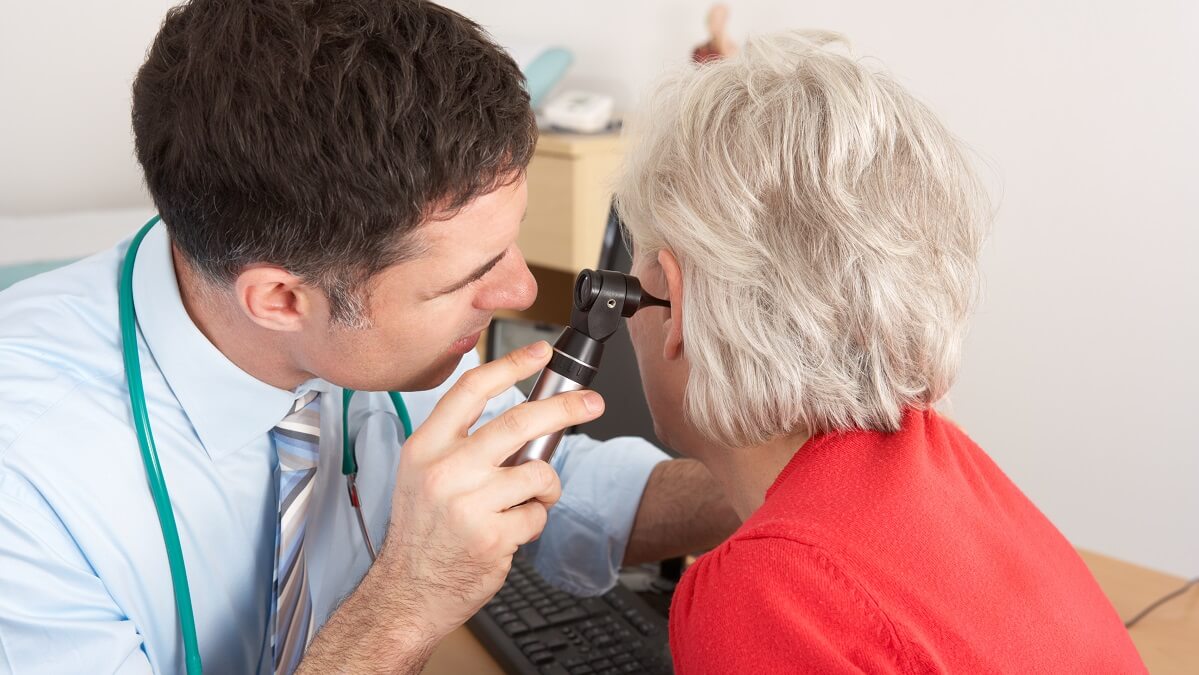It’s annoying, it smells and frankly, it’s gross. But earwax plays a vital role in protecting your ears and hearing. However, you can definitely have too much of a good thing and earwax can become a problem for some.
We’ve all had to deal with earwax at some point in our lives – that waxy orange substance with a surprisingly pungent aroma that lines the opening of our ear canal.
Its role is to protect the delicate tissue of the ear canal, by trapping micro-organisms, bacteria, dirt and other irritants that enter your ears before they can become a problem.
Earwax is constantly propelled towards your outer ear so it can drop out, and new wax can take its place. How much wax you produce is influenced by your genetics, and as such there is no ‘normal’ amount you should produce.
But as some users of in-ear headphones are only too aware, sometimes this wax removal process is ineffective, and earwax begins to build up inside your ears.
This can lead to symptoms ranging from a mild sensation of fullness inside the ear, to painful earaches and even tinnitus or temporary deafness.
Risk factors for excessive earwax build-up include narrow or overly hairy ear canals, inflammatory conditions of the skin or scalp and working in dusty or dirty environments.
Overzealous ear cleaning using cotton buds or your fingers can also increase the risk by forcing wax further down the canals.
Thankfully, as annoying as the symptoms can be, earwax build-up is a mostly harmless condition that can be easily treated.
What should I do if my ears are full of earwax?
For mild earwax build-up, there are a number of at-home remedies you can try. A few drops of baby oil, glycerine, hydrogen peroxide or an earwax-softening product such as Waxsol can sometimes be all that’s needed to dislodge the wax.
But for more serious cases that won’t budge, or are especially painful because they’ve become infected, you will need to see your GP.
To remove the wax, there are a couple of options your doctor may choose. If the blockage is close enough to the opening of your ear, they may be able to simply scoop it out using a surgical instrument known as a curette.
If the wax blockage is deeper within the ear, your doctor will most likely irrigate your ear with a mixture of warm water, sodium bicarbonate and possibly prescription strength ear drops depending on the severity.
They will then use a suction device to gently remove the blockage.
Have you ever had an earwax blockage? How did you treat it? Let us know in the comments section below.
Also read: Should you clean your ears?

